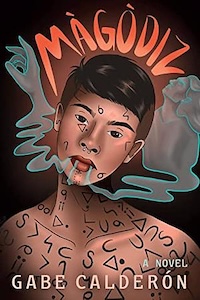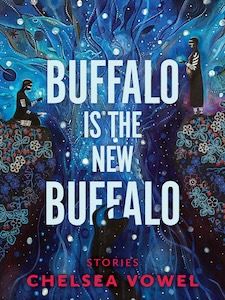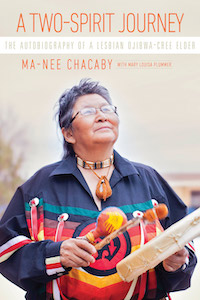“The Way of Thorn & Thunder Trilogy: The Kynship Chronicles” by Daniel Heath Justice
Originally Published by Kegedonce Press between 2005 and 2007 as three books “Kynship”, “Wyrwood”, and “Dreyd”. The revised and expanded 2011 reissue from the University of New Mexico Press is an omnibus volume: one novel now divided into seven cycles.
The Everland-home of the tree-born Kyn since time immemorial, a deep green world of ancient mystery and danger. The wyr-powers of the Kyn and the other Eld Folk have preserved this wild region from the ravenous hunger of Humanity for over a thousand years, but those powers are fast fading away. As the eyes of Men turn once more to the Everland and its rich bounty, the leaders of the Folk gather in Sheynadwiin, the Kyn capital, hoping to find a way to survive the growing storm.
She is Tarsadeshae the Spearbreaker a fearless Kyn warrior trained in the Redthorn ways of battle and blood. She knows her place in the Everland’s cycle of life and death, and that knowledge gives her strength and purpose. Yet Tarsa’s ordered world is shattered when an act of courage goes horribly awry, and her spirit awakens to the wild wyr of her ancestors powers long persecuted by the assimilationist Shields and their allies. As she struggles to reconcile her former life with the call of the rising bloodsong, Tarsa joins the summons of the Sevenfold Council, where she is swept into the struggle between those Folk who would embrace the promises of Men, and those who would hold fast to the rooted understandings of the Eld Green. For all who call the Everland home, there can be no middle path.
Review
This is a really interesting and complex book. I read the original three novels years ago and have always wanted to read it again. The story itself is an alternate version of Europeans colonizing the “new world”. Only in this case a fantasy version of humans with magical powers caused a catastrophic merging of two worlds a thousand years ago – the world of Men and the world of Eld Folk. And of course Men want to have everything and don’t care what the Eld Folk want.
There is a lot going in this novel and while it does take some time to get through, I feel like it’s ultimately worth it. The writing is very detailed and mostly narration, while also having many different characters and points of views with individual stories happening around the central story. If you’ve read “Lord of the Rings” you’ll get a sense of what the writing is like. I really enjoyed getting to know all of the different characters and learning their stories. I did like the ending of the book and the hopeful feel of it despite everything that had happened.
You may be interested in reading Bogi Takács’s reviews of the novel (in three parts):
The Way of Thorn and Thunder by Daniel Heath Justice (Part 1)
The Way of Thorn and Thunder by Daniel Heath Justice (Part 2)
The Way of Thorn and Thunder by Daniel Heath Justice (Part 3)
Additional reviews and warnings can be found on the StoryGraph page for “The Way of Thorn & Thunder”
Book Details

- Author’s Website
- Daniel Heath Justice
- Publisher / Date
- University of New Mexico Press, 2011
- Genre
- Fantasy
- Page Count
- 616
- Completion Date
- April 5, 2025


